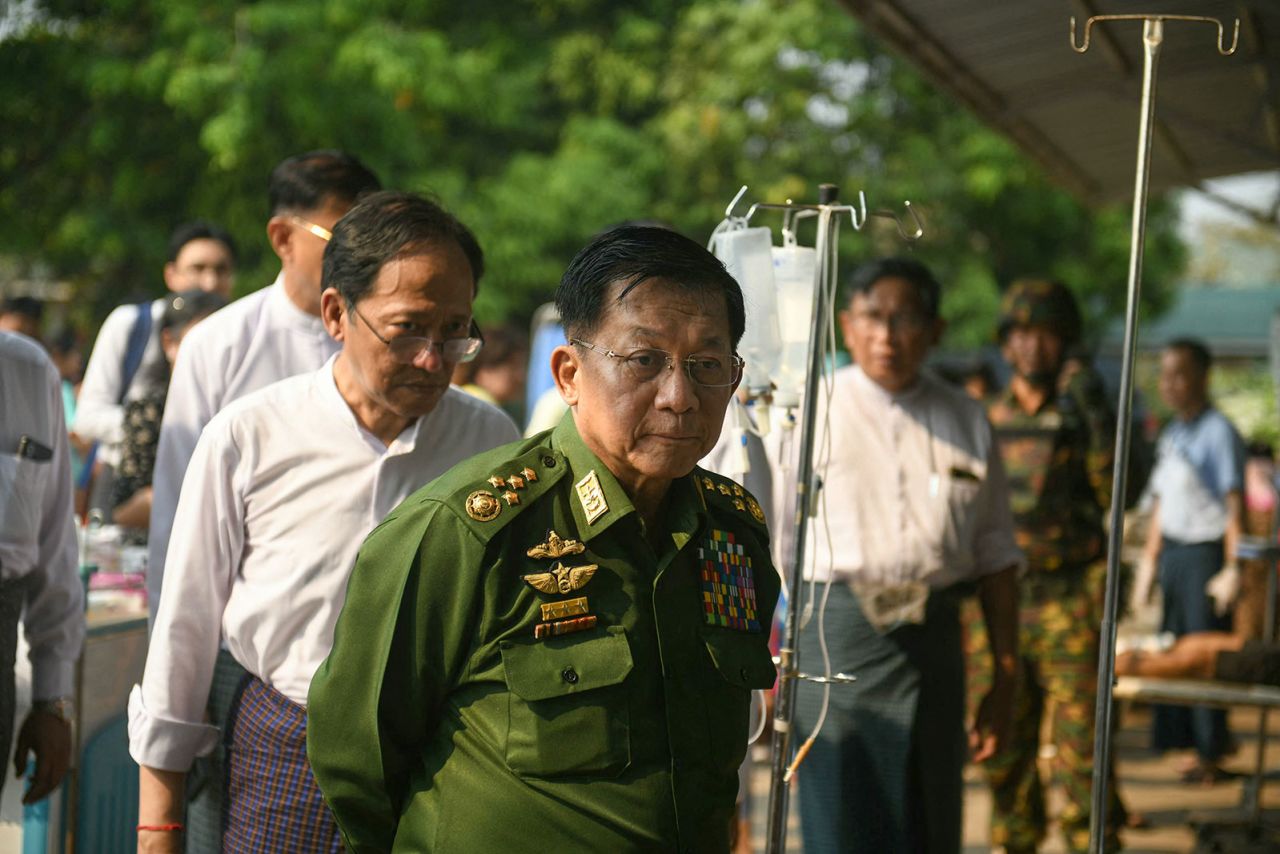Asia
Live updates: Myanmar earthquake, death toll passes 150, Thailand rescue operations


The leader of Myanmar’s ruling military junta made a rare call for help from the international community after an deadly earthquake hit near the country’s second-largest city.
“I have personally visited some affected sites to assess the situation. I would like to call upon everyone to join hands and support the ongoing rescue missions,” Min Aung Hlaing said in a televised speech on Friday.
“I have declared a state of emergency and requested international assistance,” Min Aung Hlaing continued, adding that India will be sending assistance. “I would like to extend an open invitation to any organizations and nations willing to come and help the people in need within our country.”
At least 96 people died in Naypyidaw, central Myanmar, and dozens more died in other territories, with at least 732 injured, he said. “Casualties are expected to rise,” he added.
Why this matters: The appeal indicates that the impacts of the quake are stark. Min Aung Hlaing is the subject of a request for an International Criminal Court (ICC) arrest warrant, and his military junta rarely cooperates with the international community.
He is the leader of Myanmar’s powerful military, known as the Tatmadaw, which seized power in 2021. Since then, he has served as the military ruler of the country. The ICC’s top prosecutor sought a warrant for his arrest last year for alleged crimes committed against the persecuted Rohingya minority group, estimating that more than one million Rohingya had been forcibly displaced from Myanmar. The ICC has yet to approve the request.
The junta has severely restricted internet access and has launched a crackdown against journalists in the country.
